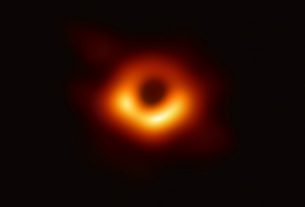During a solar eclipse event, the moon blocks the sun and the result is a gigantic shadow on the Earth’s surface. NASA has shared a satellite photograph several kilometers above the planet.
NASA’s Earth Polychromatic Imaging Camera (EPIC) aboard the Deep Space Climate Observatory Satellite (DSCOVR) took the photograph of the eclipse seen over the northern hemisphere, where a giant brown spot can be seen over the region from the north pole.
“Taking images of the sunlit half of the Earth from a distance four times the Moon’s orbit never fails to provide surprises,” said Adam Szabo, NASA project scientist for DSCOVR.
solar eclipse
During a solar eclipse, the Moon is near its farthest point from Earth and appears smaller than the Sun’s perspective on Earth. When the two stars align, the Sun appears as a ring of fire that surrounds the dark lunar disk.
The eclipse in the photograph was seen by people from Canada, Greenland and Russia, while only some people from parts of the Caribbean, Asia Europe and North Africa were able to see only a partial eclipse, where only part of the Sun is blocked by Moon.

Email: ben@satprwire.com Phone: +44 20 4732 1985
Ben has been listening to the technology news for quite some time that he needs just a single read to get an idea surrounding the topic. Ben is our go-to choice for in-depth reviews as well as the normal articles we cover on a normal basis.


